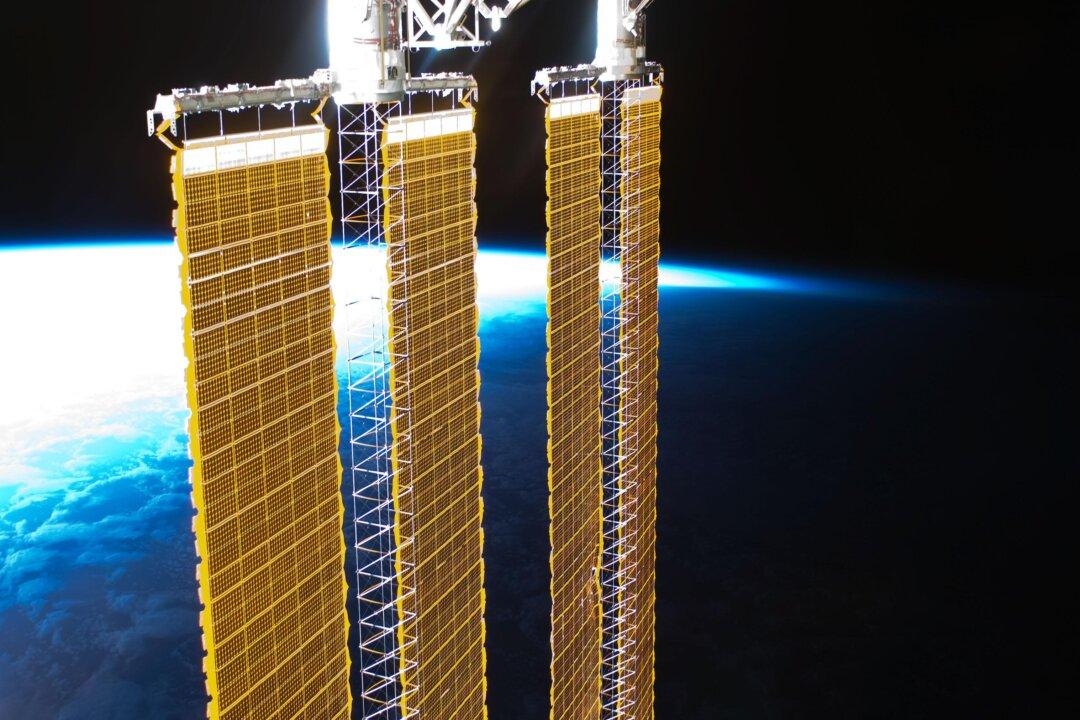The UK government is planning to invest 4.3 million pounds in the space-based solar power industry that has “huge potential to boost the UK’s energy security.”
Energy Security Secretary Grant Shapps announced the multimillion-pound government funding on June 13, saying he wants “the UK to boldly go where no country has gone before—boosting our energy security by getting our power directly from space.”





